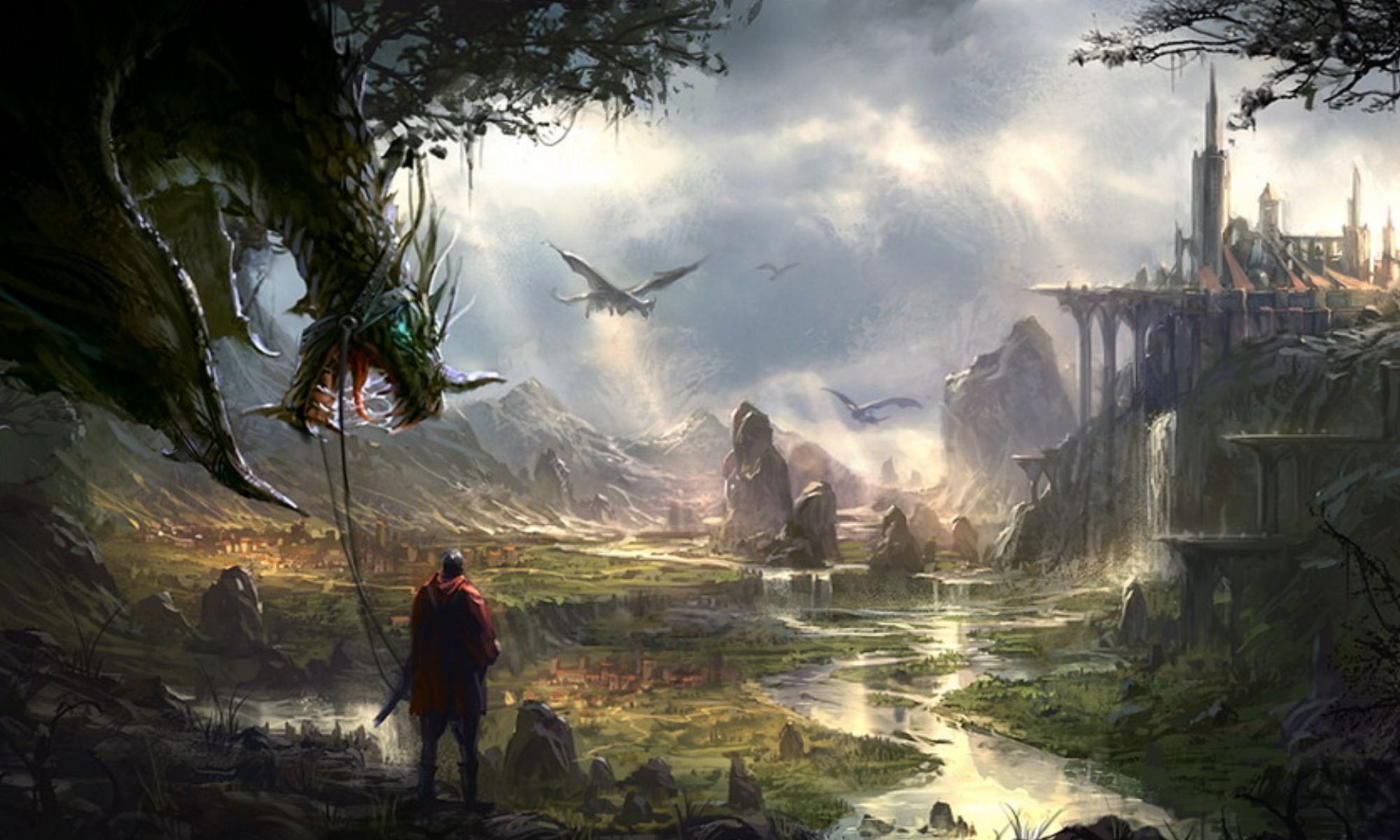
Places/history:
The Palace
The seat of power of Kaiser Matias, from where the Empire is ruled. The Great cathedral is built alongside and into the north wall of the palace, a symbol of the inseparable union of the two. Fronted by a beautiful garden ( complete with a maze for noble frolicsand the sunset incognito rendevous of course) overlooks the entire city. Wonderful view. Exceptionally well protected, as if you even needed to ask.
The Shipyard
Up until a few years ago was something of a slum, but with a territorial and cultural war brewing for years now, the farsighted Kaiser has been pouring money into the shipyard and is currently crafting the tip of the spear of his army, the flagship of his fledgingly armada.
The oilstains
The live in quarters of the engineers working within the shipyard. Dingy.
Kustenwand
The only thing between the capital and the waves, sometimes ambitious deepones venture too far inland or stray rivertrolls, drowners or waterhags emerge from the esturary. Claw marks decorate the outer wall. Property is cheap here, unsurprisingly.
Rauberwand
An important wall as it defends again northern barabarians and minotaur raids, more often than not trails of smoke would greet the townsfolk of a morning who looked in that direction. Another raid on the outsiders, who couldnt afford to live within the wills.
The littleberg
After the first halfing and gnomish immigrants arrived they were quickly ghettoised by the human and half elf nobles. Their own communities formed, and their own slang, law enforcement and customs sprouted – they were not afforded the protection on the city walls however, such that they were often the victims raiders and wandering creatures.
Goblinbarrel
So called as prisoners were taken here during he goblin wars and placed into barrels for locals to vent their frustration by beating, rocking or stabbing the barrels. A number of stories still circulate of political prisoners or simply fetisihists climbing into barrels to be suspended above the angry mob . The custom has long died out, but is still technically law.
The Great Colossus of Namthar
A towering construct that looms over the city, this sacred pilgrammage site attracts visitors from all over the empire. The Colossus came first, and the city grew in its shadow the tourguides tell you. Seems unlikely given the logicistics of building a statue taller than the walls. The upkeep employs hundreds of craftsmen and miners however.
The observatorium
A scholarly house under the personal employ of the Kaiser – a superstitious man, he has a number of astrological experts under his patronage who study the stars and moons for hints at what the future fortunes of the empire may be. It also provided advance warning of impending attacks from Kossos or other raiders when the court scrying failed.
The slapclay
Some of the stone that build the great colossus was brought from this quarry but for the last few generations, the earth has become soggy and marshy, and instead it is now used as a clay pit, the chalky grey extract of which maintains the ever cracking statue.
Klerusschlaff
Originally a monastrery, it now houses most of the local clerics of namthar , but also the masons and workers who maintain the great colossus. Does a nice trade in trinkets during pilgrammages. Excellent bagels ( the water allegedly) and but the sausage in a bun are the wurst.
Arcanhaus
An old converted lumbar mill, the building has gone through a number of iterations: lumbar during the clearing of the marshes and building of the city, driving a mechanical bellows to a great military forge during the goblin wars, and later grinding imported wheat and finally producing magical components in their rawest form for the tradespeople. A supplier of pigments and dyes, simple but stylish magewear and a bespoke item sourcing and enchanting, for those that can afford it. It also specialises in grinding crystals that are too tough to grind to a powder by mortar and pestle , as well as weaving precious metals and dimaterium.
Ten-silver
The Kaiser Krustenwulf once boasted to visiting diplomats that almost anything worth buying could be found in his markets for only a handful of silver. As if to humour their leader that winter solstice the shops and markets began to boast of the 10 silver deals on almost any produce they could peddle. The name stuck, although what with inflation the way it is, ten-silver is mainly old family shops now and a rather substantial blackmarket trade.
The Smokes
Spent most of the time under attack form outside, from within, or just engaging in a little light arson. The poorest of the poor, crinimals , maniacs, people who just want to fight, barbarians half orcs.
Low town
Lower class part of town, the working class live here – mainly humans. Watch yer wallet, but dont let them see you watching it cause thats pretty judgemental and part of the problem. The hardware store has a good supply of bootstraps which they specifically dont sell to these people, on a point of principle.
Goldstadt
The noble quarter. Avocados.
